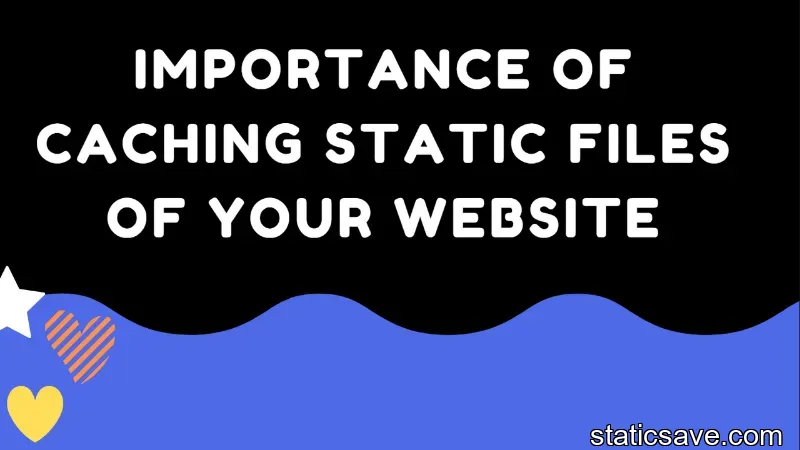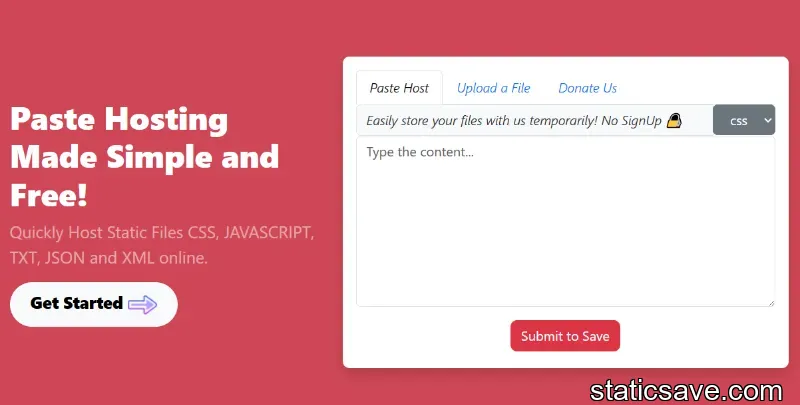Importance of Caching Static Files of Your Website

If you’re currently running a website, chances are that at some point or another you’ve heard the term caching static files thrown around in a development context.
However, if you’re not familiar with what this term means and why it matters, then you may have simply glossed over it as one of those terms that only web gurus care about. But trust us on this one – all website owners should pay attention to caching, even if they don’t know they should!
What are static files?
To put it simply, static files are any type of file that doesn’t change. When people ask for static files, they usually mean images, css, js, json, txt, xml files etc.
These files don’t change often (if ever), so you should serve them as fast as possible without having to regenerate them whenever someone requests them. If you have a website with lots of traffic and dynamic content, caching these files can make a huge difference in your overall performance.
The problem is that most web servers aren’t set up to cache these types of files by default. You need to take some extra steps to make sure your server is properly configured. Fortunately, if you use Nginx or Apache as your webserver, there are simple ways to get started with caching static files today!
What are the benefits of caching?
Caching is an important process for web servers to improve performance and reduce latency. When your server has a cache, it stores commonly requested content in a local database for quicker retrieval later.
This results in less bandwidth usage and can greatly increase performance, especially if you have thousands or millions of users accessing your website each day. This can also improve the search engine rankings greatly.
The performance of the website will be awesome when you cache static files. This can be improved further by making use of Content Delivery Network commonly known as a CDN.
How do I implement caching static files?
There are several ways to implement caching. You can use a reverse proxy such as Varnish Cache or Nginx Cache , or use a CDN like CloudFlare .
Each method has its own advantages and disadvantages, so make sure you weigh them carefully before deciding which option is best for your website.
There are many plugins out there that allow you to enable page caching: W3 Total Cache (probably one of my favorites), WP Super Cache, HyperCache and so on when you use Content Management System like WordPress.
When you use StaticSave service to host your static files online. We make use of services to cache your files near to your visitors location.




